Tag: Honen
-
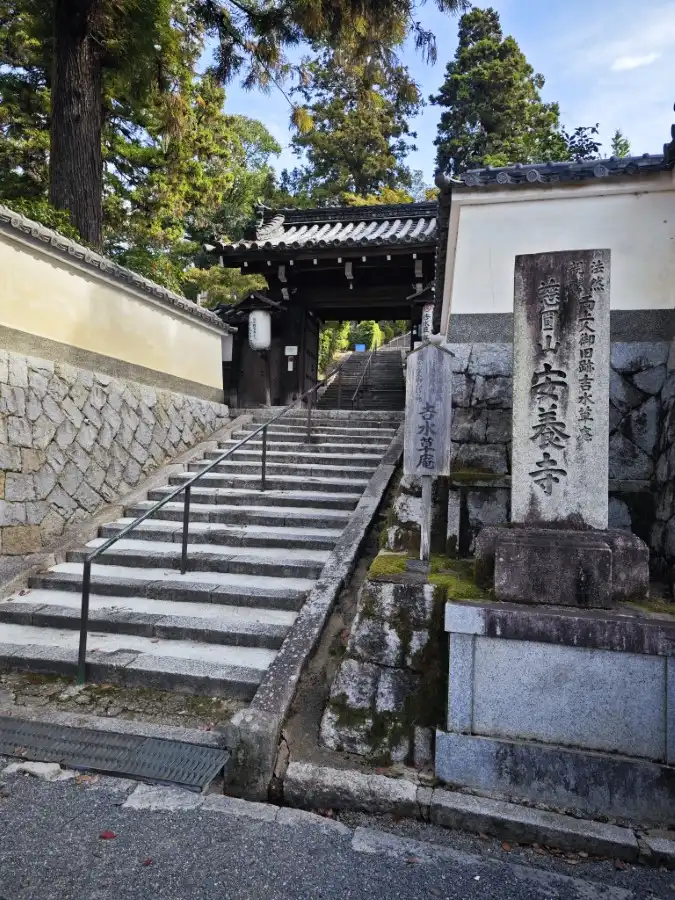
Anyoji Temple (安養寺)
Nestled in the heart of tranquility, Anyoji, a captivating temple, beckons foreign tourists with its serene ambiance and rich cultural allure. Surrounded by lush greenery, the temple’s traditional architecture and symbolic elements offer a glimpse into Japan’s spiritual legacy. Anyoji provides a serene escape, inviting international visitors to partake in the profound beauty of Japanese…
-
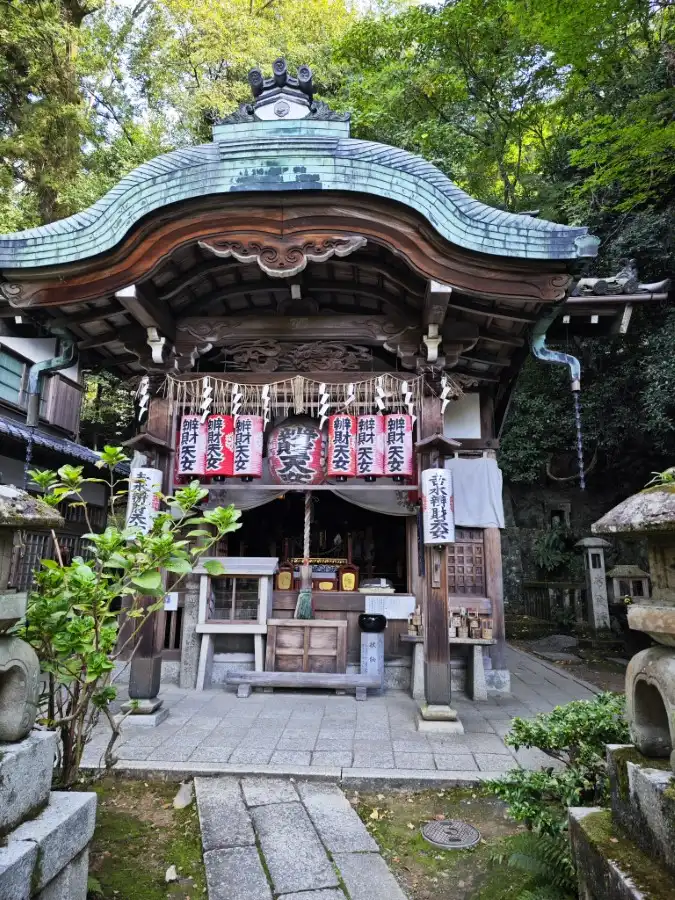
Yoshimizu-benzaitennyo-do Temple (吉水辨財天女堂)
Yoshimizu-Benzaitennyo-do (Yoshimizu Benzaitennyo Hall) is located on the east side of Maruyama Park. This area used to be the precincts of Anyoji Temple. But when the temple moved in Meiji era, only this hall remained here. The name “Yoshimizu” comes from the fact that a sacred spring of “good water” has been springing in this…
-
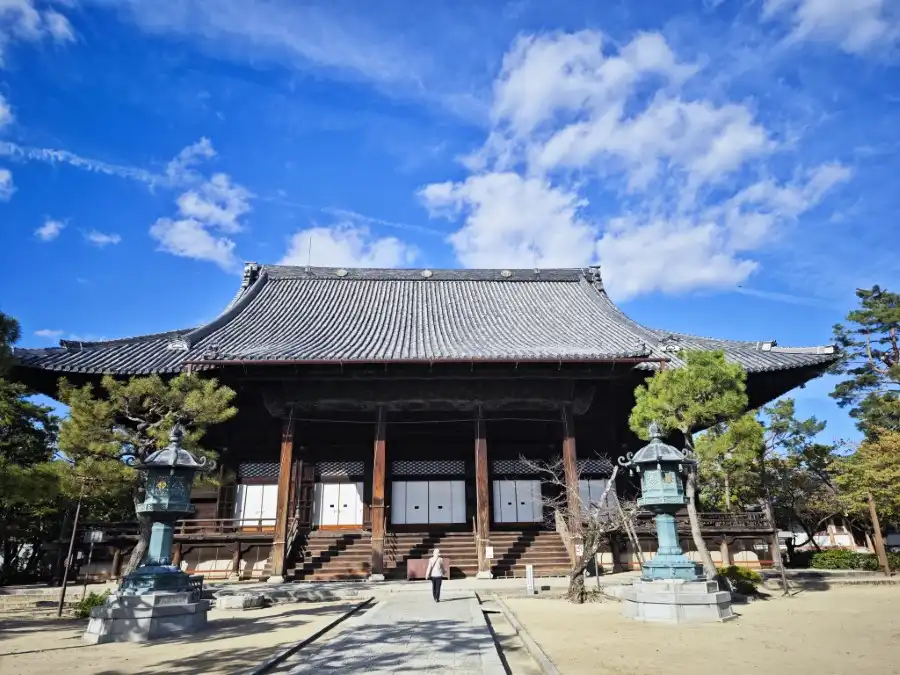
Chionji Temple (知恩寺)
Chionji Temple, also known as Hyakumanben Chionji, is a temple of the Jodo sect. Although the name is similar to the famous Chion-in Temple, it is a different temple of the same sect. Honen, the founder of the Jodo sect, lived in 1175 at Jinguji Temple in Kamo, the predecessor of Chionji temple. In 1212,…
-
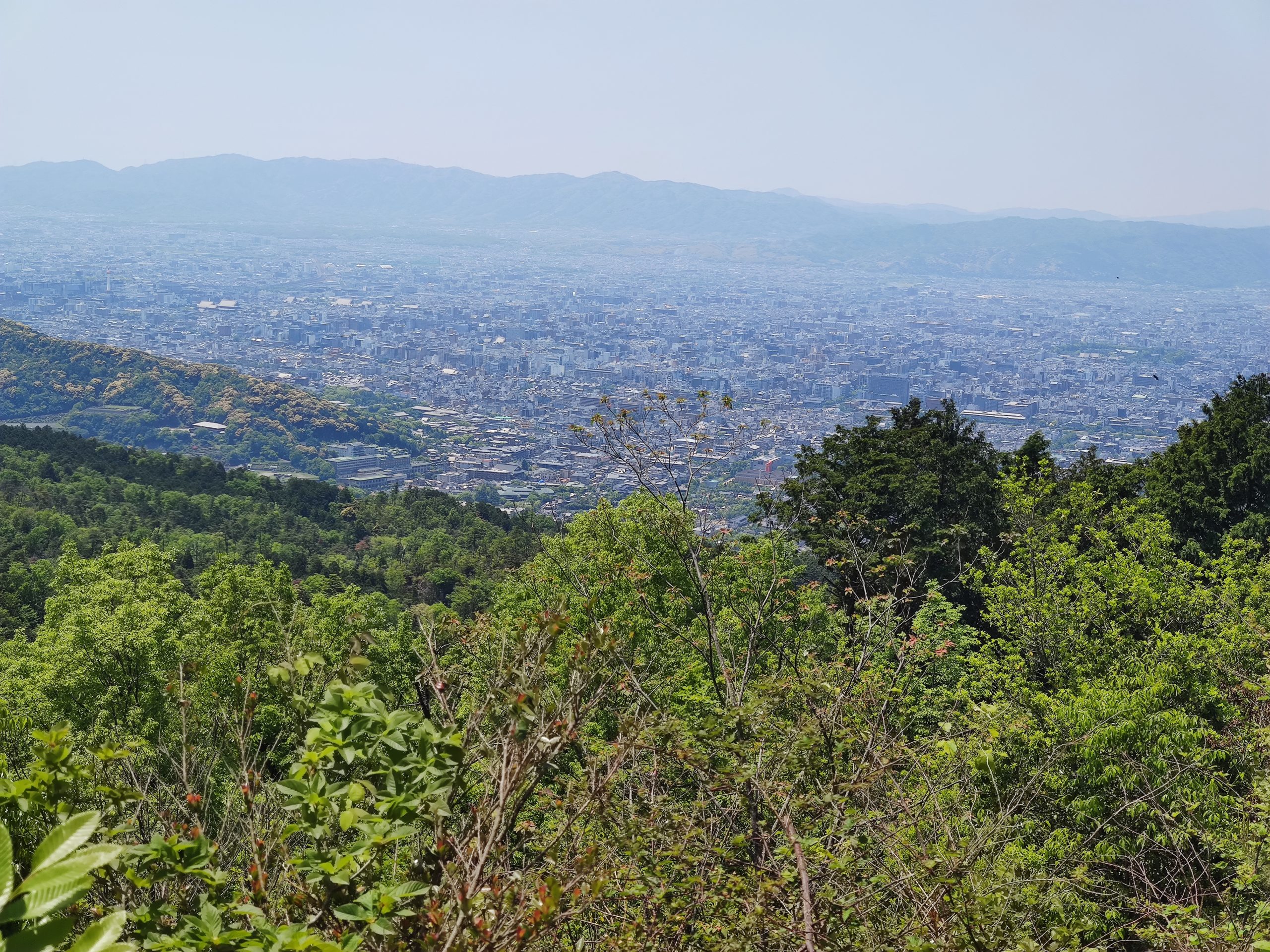
The Kyoto Trail: Anrakuji Temple, Roumon Waterfall, Daimonji Mountain, Himukai Daijingu Shrine
This course is a part of the Higashiyama Course of the Kyoto Trail. Starting from the Shinnyodo-mae bus stop, we will visit Anrakuji Temple. The trail climbs along the valley, passes the waterfall at Roumon, climbs Mt. Daimonji, and descends to Himukai Daijingu Shrine. The nearest station to the crossroads is Keage Station on the…
-
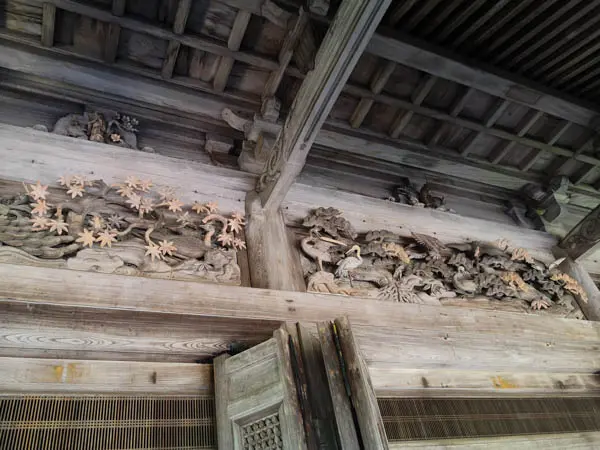
Shorinin Temple (勝林院) in Ohara
Jakugen founded the Shorinin Temple in 1013 as a place to practice Nembutsu (Buddhist chanting) through Shomyo (Buddhist chanting). After the construction of nearby Raigoin Temple about 90 years later, many monks’ quarters surounded the two temples. These temples became a center for many monks to study and practice shomyo (Buddhist chanting). Thus, the temple…
-
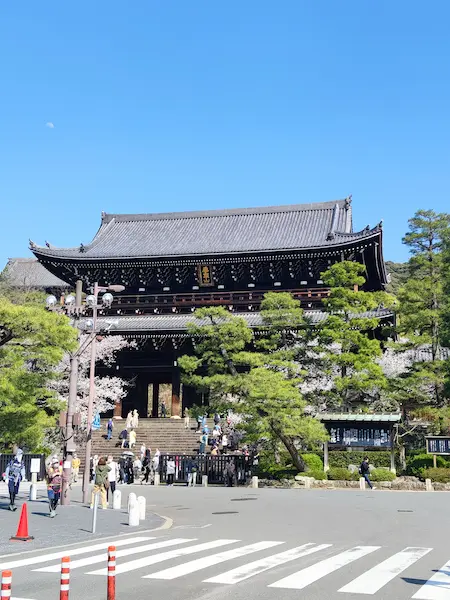
Chion-in Temple (知恩院)
Chion-in Temple is the head temple of the Jodo sect. Chion-in Temple is where Honen, the founder of the Jodo sect, established a hermitage in 1175 and began to propagate Nembutsu (the recitation of the Nembutsu prayer). In the Edo period, Tokugawa Ieyasu, Hidetada, and Iemitsu built the present main hall, Sanmon gate, and other…
-
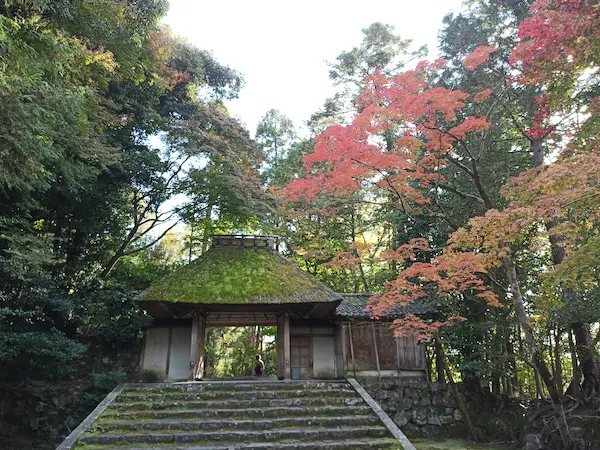
Honen-in Temple (法然院)
Leaving the Philosopher’s Path before reaching Ginkakuji Temple, visitors will find Honen-in Temple on the east side of the mountain. This temple was founded in 1680, in the early Edo period. The origin of the temple is as follows. Emperor Go-Toba was the one who later caused the Jokyu Rebellion and was exiled to Oki.…
-
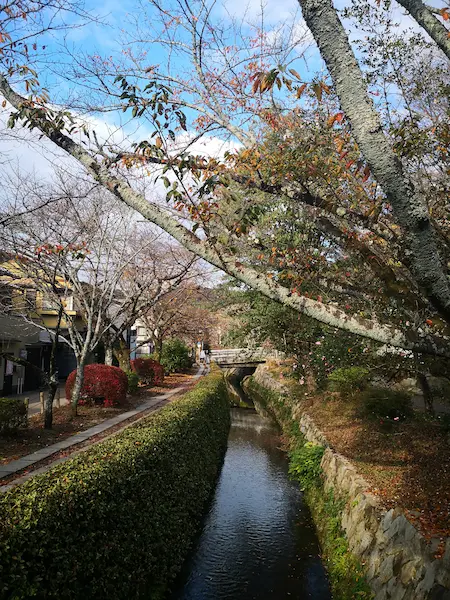
Philosopher’s Path (哲学の道)
Philosopher’s Path is a beautiful 2-kilometer walkway that connects Ginkakuji Temple and Nanzenji Temple. The name “Philosopher’s Path is not official one. The name is familiar because the surrounding scenery and serene atmosphere make it an ideal place for philosophical contemplation; it is named after the early 20th century philosopher, Kitaro Nishida, a professor at…
-
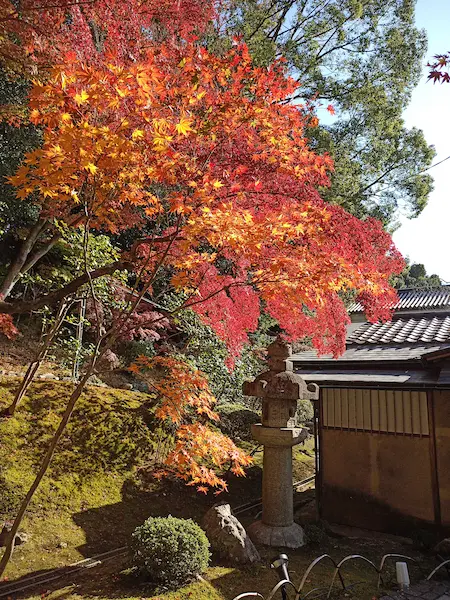
Konkai Komyoji Temple (金戒光明寺)
Konkai Komyoji Temple is one of the seven head temples of the Jodo sect of Buddhism. And it is said to have been built by Honen in 1175. At the end of the Edo period, this temple became the headquarters of the Aizu han (feudal domain). Aizu han was appointed as the guardian of Kyoto,…
-
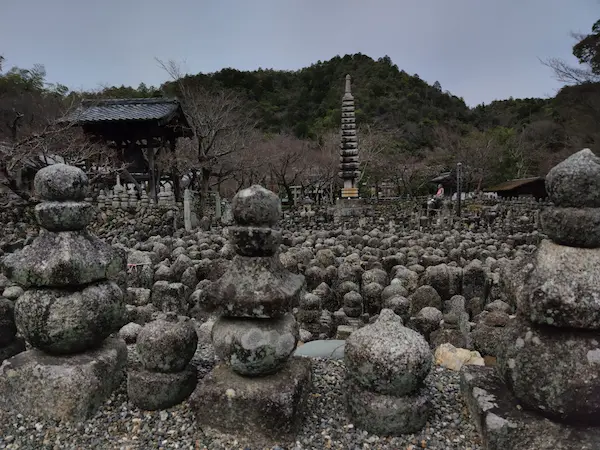
Adashino Nenbutsuji Temple (あだし野念仏寺)
Adashino Nenbutsuji Temple in Kyoto unveils a hauntingly beautiful secret—about 8,000 unmarked small Buddha statues, standing as silent witnesses in its cemetery. This sacred ground, established in 811 by Kukai, tells a tale of reverence and remembrance. The well-preserved bamboo grove behind the temple provides a serene backdrop, offering a perfect escape from the crowds.…
-
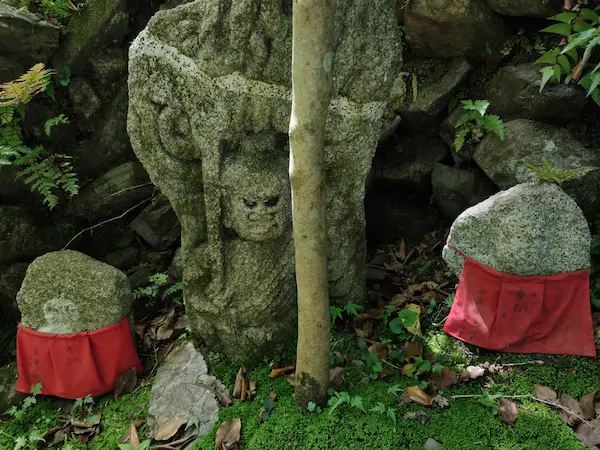
Anrakuji Temple (安楽寺)
Anrakuji Temple is a temple of the Jodo sect of Buddhism. In the Kamakura period (1185-1333) Two of Honen’s disciples, Juren and Anraku, built a hermitage as a place to practice Nembutsu (the recitation of the Lotus Sutra). Honen-in Temple near Ginkakuji Temple is said to have been built on the site of this hermitage.…